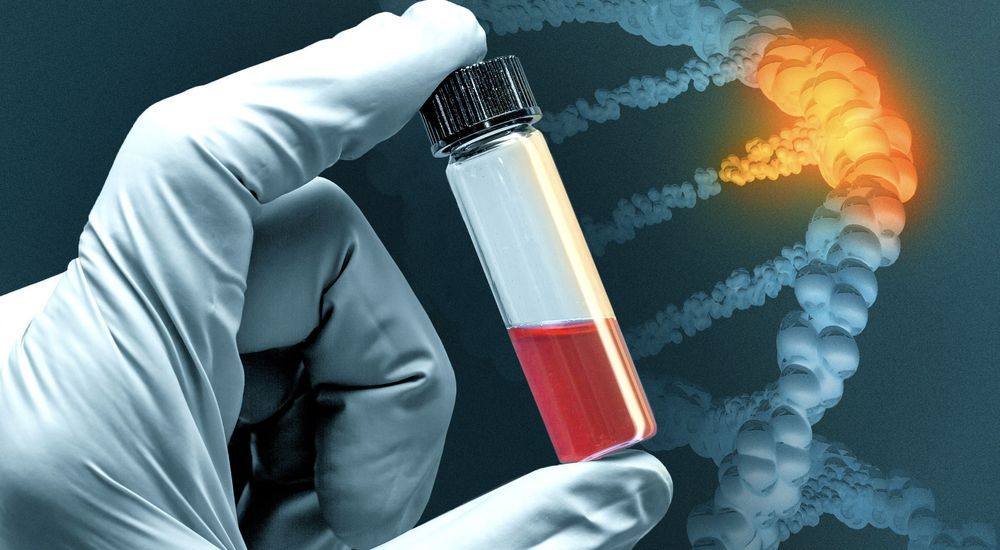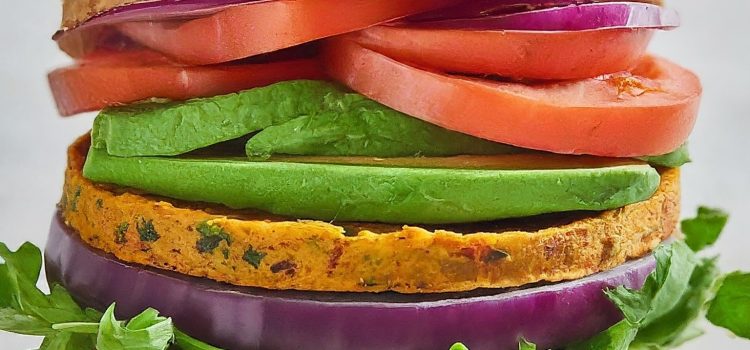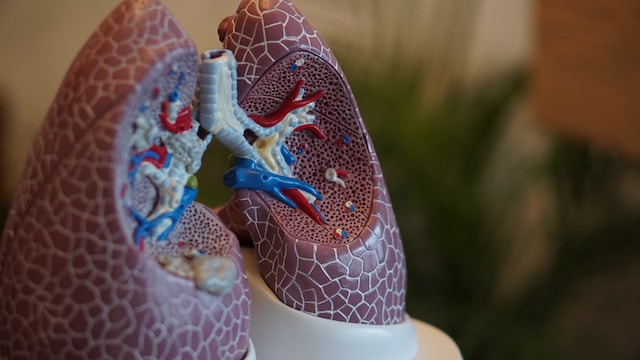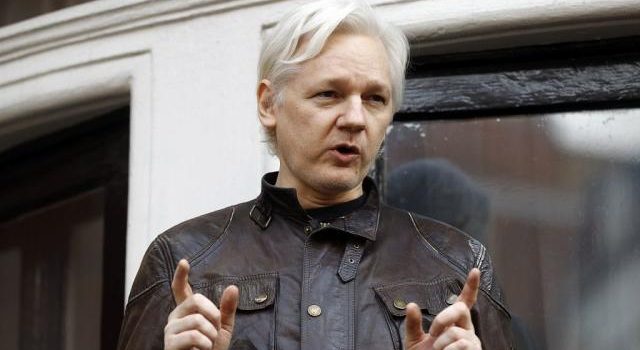
The year 2024 has marked a significant milestone in the field of genetic testing for cancer, with groundbreaking advancements that promise to revolutionize early detection, personalized treatment, and patient outcomes. As the global burden of cancer continues to grow, the integration of cutting-edge genetic technologies into oncological practice offers new hope for millions of patients worldwide. This article explores the top breakthroughs in genetic testing for cancer that have emerged this year, highlighting their potential impact on the future of cancer care.
Comprehensive Multi-Cancer Early Detection Tests
One of the most remarkable advancements in 2024 is the development of comprehensive multi-cancer early detection tests. These tests leverage next-generation sequencing (NGS) technology to analyze multiple cancer-related genetic markers from a single blood sample. By identifying circulating tumor DNA (ctDNA), these tests can detect the presence of cancer at its earliest stages, often before symptoms appear. This early detection capability is crucial for improving survival rates, as cancers are generally more treatable in their initial stages.
The latest multi-cancer tests have demonstrated high sensitivity and specificity across a wide range of cancer types, including pancreatic, ovarian, and lung cancers, which are notoriously difficult to diagnose early. These tests are poised to become a routine part of annual health check-ups, enabling proactive cancer screening and significantly reducing the need for invasive diagnostic procedures.
AI-Driven Genomic Analysis
Artificial intelligence (AI) has made substantial inroads into the realm of genetic testing for cancer, particularly in the analysis of genomic data. In 2024, AI algorithms have been refined to interpret vast amounts of genetic information with unprecedented accuracy and speed. These AI systems can identify complex genetic patterns and mutations associated with different types of cancer, providing oncologists with valuable insights into the molecular underpinnings of a patient’s disease.
By integrating AI-driven genomic analysis into clinical practice, healthcare providers can tailor treatment plans to the specific genetic profile of each patient. This personalized approach, known as precision oncology, enhances the effectiveness of therapies while minimizing adverse side effects. Furthermore, AI models are continuously learning and improving, promising even greater advancements in cancer diagnostics and treatment in the coming years.
Liquid Biopsy Advancements
Liquid biopsy technology has been a focal point of cancer research for several years, and 2024 has seen remarkable progress in this area. Liquid biopsies involve the analysis of biological fluids, such as blood or urine, to detect cancer-related genetic alterations. Unlike traditional tissue biopsies, liquid biopsies are minimally invasive and can be performed more frequently, allowing for real-time monitoring of cancer progression and treatment response.
Recent innovations have improved the sensitivity and accuracy of liquid biopsies, making them a viable alternative to conventional diagnostic methods. These advancements have been particularly beneficial for patients with metastatic or hard-to-reach tumors, where obtaining tissue samples can be challenging. Liquid biopsies also facilitate the detection of minimal residual disease (MRD), enabling early intervention and reducing the risk of cancer recurrence.

CRISPR-Based Diagnostic Tools
CRISPR technology, known for its gene-editing capabilities, has found a new application in cancer diagnostics. In 2024, researchers have harnessed CRISPR’s precision to develop diagnostic tools that can accurately identify cancer-specific genetic mutations. These CRISPR-based tests offer a rapid and cost-effective method for analyzing patient samples, providing results in a matter of hours rather than days.
The versatility of CRISPR technology allows for the customization of diagnostic assays to target specific cancer types and mutations. This adaptability is particularly valuable in the context of rare or genetically heterogeneous cancers, where traditional testing methods may fall short. As CRISPR-based diagnostics continue to evolve, they hold the potential to transform cancer screening and monitoring, making genetic testing more accessible and efficient.
Integration of Polygenic Risk Scores
Polygenic risk scores (PRS) have gained traction as a powerful tool for assessing an individual’s genetic predisposition to cancer. By analyzing the cumulative effect of multiple genetic variants, PRS can provide a comprehensive risk assessment that goes beyond single-gene testing. In 2024, the integration of PRS into clinical practice has enabled more accurate identification of high-risk individuals, facilitating targeted prevention and surveillance strategies.
The application of PRS is particularly promising for hereditary cancers, such as breast and colorectal cancer, where early intervention can significantly reduce the risk of disease development. Furthermore, PRS can inform lifestyle and environmental modifications to mitigate cancer risk, empowering individuals to take proactive steps towards their health.
Advances in Pharmacogenomics
Pharmacogenomics, the study of how genes influence an individual’s response to drugs, has seen significant advancements in 2024. Genetic testing now plays a critical role in determining the most effective and safe chemotherapy regimens for cancer patients. By analyzing genetic variants that affect drug metabolism and efficacy, clinicians can tailor treatments to maximize therapeutic benefits and minimize toxicities.
The integration of pharmacogenomics into cancer care has led to improved treatment outcomes and enhanced quality of life for patients. This personalized approach also reduces the trial-and-error process often associated with cancer therapy, allowing for more efficient and targeted treatment strategies.
Conclusion
The breakthroughs in genetic testing for cancer in 2024 represent a paradigm shift in the way we approach cancer diagnosis, treatment, and prevention. From multi-cancer early detection tests to CRISPR-based diagnostics, these innovations offer new possibilities for personalized and precise cancer care. As genetic testing technologies continue to evolve, they hold the promise of transforming cancer from a life-threatening disease into a manageable condition.
The integration of these breakthroughs into routine clinical practice will require collaboration between researchers, clinicians, and policymakers to ensure accessibility and affordability for all patients. With continued investment in research and development, the future of genetic testing for cancer looks brighter than ever, offering hope for improved patient outcomes and a reduction in the global cancer burden.



























